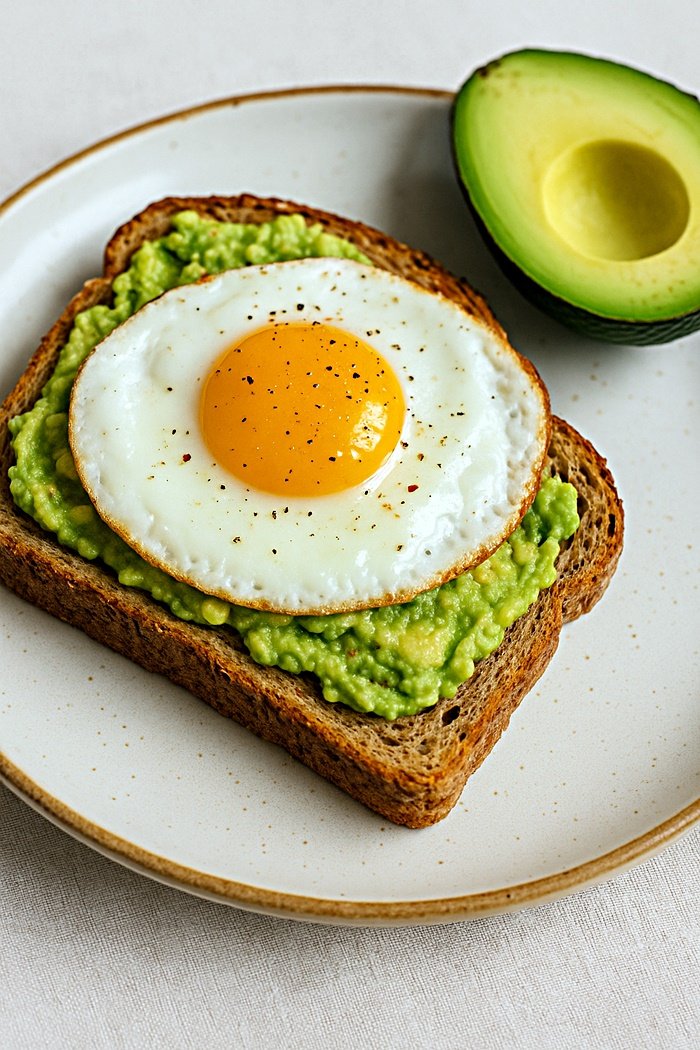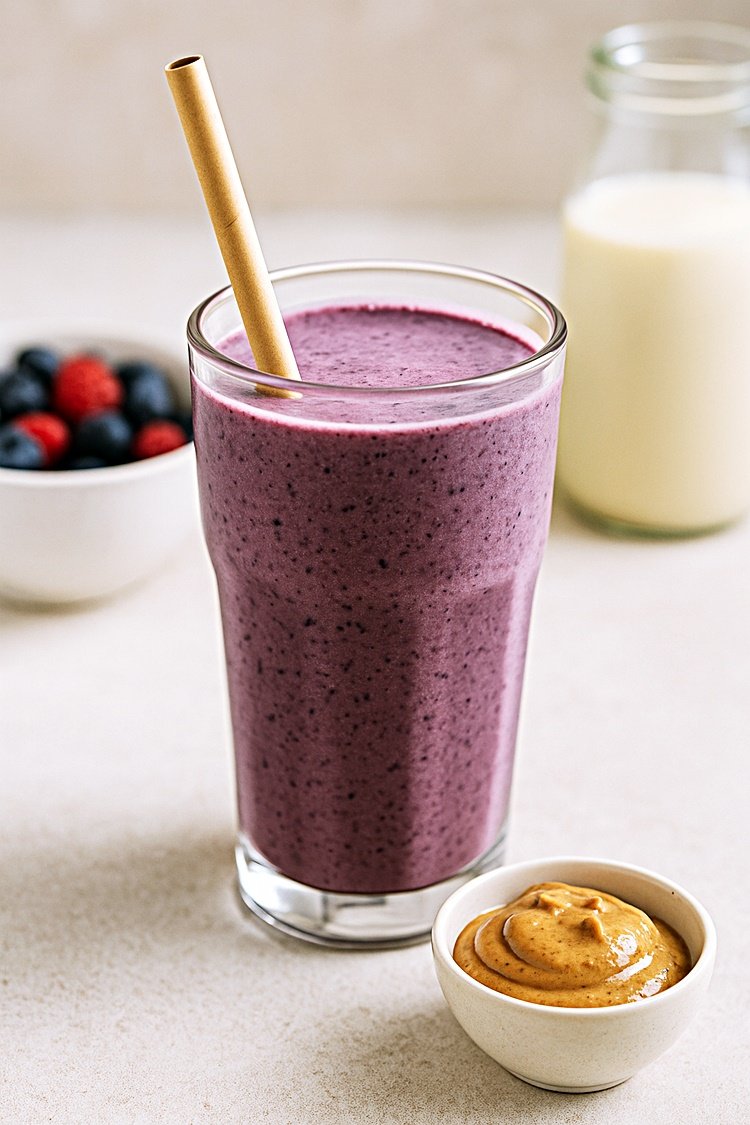
First Trimester: Baby’s Growth, Nutrition & Meal Plan
The first trimester (weeks 1–12) is a whirlwind of changes — even before your baby bump shows. While you might not look pregnant yet, incredible transformations are happening inside your body. This stage is crucial for your baby’s development. However, nausea and fatigue can make eating well a challenge.
In this guide, you’ll discover:
- What’s happening to you and your baby
- The best foods to eat (and what to avoid)
- Macronutrient and calorie needs
- Easy meal ideas for nausea days
- A free downloadable first-trimester tracker
What’s Happening in the First Trimester?
Click A Week For More Detailed Information.
Week 1 & 2 Of Pregnancy, Week 3 Of Pregnancy, Week 4 Of Pregnancy, Week 5 Of Pregnancy, Week 6 Of Pregnancy, Week 7 Of Pregnancy, Week 8 Of Pregnancy, Week 9 Of Pregnancy, Week 10 Of Pregnancy, Week 11 Of Pregnancy, Week 12 Of PregnancyYour Baby’s Development (Weeks 1–12)
- Week 5: Neural tube forms — this will become your baby’s brain and spinal cord. Folate is essential at this stage.
- Week 6: The heart starts beating.
- Week 8: Tiny arms and legs begin to develop.
- Week 12: Major organs are formed and ready to grow.
Changes in Your Body
During this trimester, you may notice:
- Fatigue from rising progesterone levels.
- Nausea or vomiting — “morning sickness” can happen any time of day.
- Food aversions and cravings caused by hormonal changes.
- Tender breasts, bloating, and occasional mood swings.
First Trimester Nutrition: What to Eat & Why
Even if you can only manage small portions, focus on nutrient-dense foods to fuel your baby’s growth.
1. Protein (60–70g/day)
Supports cell growth and placenta development.
Best for nausea: eggs, Greek yogurt, chicken, lentils.
2. Healthy Carbs (150–170g/day)
Ease nausea and provide steady energy.
Best for queasiness: ginger tea, crackers, bananas, oatmeal.
3. Healthy Fats (45–55g/day)
Aid brain and nervous system development.
Easy options: avocado, nut butter, chia seeds.
4. Key Micronutrients
- Folate (600 mcg/day): Spinach, citrus, fortified grains.
- Iron: Lean meat, beans, pumpkin seeds.
- Vitamin B6: Chickpeas, salmon, potatoes.
Foods to Limit
- Raw fish, deli meat, and unpasteurized cheese (risk of listeria).
- Excess caffeine (limit to under 200mg/day).
How Many Calories Do You Need?
In the first trimester, most women don’t need extra calories yet. Stick to your pre-pregnancy intake of about 1,800–2,200 kcal.
If nausea is an issue, eat small, frequent meals — even a slice of plain toast helps.
Sample Daily Meal Plan (Nausea-Friendly)
Breakfast (350 kcal)
Oatmeal with banana slices and 1 tbsp almond butter.
Macros: 50g carbs, 10g protein, 12g fat.
Snack (200 kcal)
Ginger tea, whole-grain crackers, and string cheese.
Macros: 25g carbs, 8g protein, 7g fat.
Lunch (400 kcal)
Baked potato with cottage cheese and steamed carrots.
Macros: 55g carbs, 15g protein, 10g fat.
Snack (150 kcal)
Smoothie with spinach, frozen mango, and Greek yogurt.
Macros: 25g carbs, 8g protein, 2g fat.
Dinner (500 kcal)
Lentil soup with white rice (easy to digest).
Macros: 70g carbs, 20g protein, 10g fat.
Dessert (100 kcal)
Frozen grapes or peppermint tea for digestion.
Nausea-Busting Tips
- Eat every 2–3 hours — an empty stomach can worsen nausea.
- Try “BRAT” foods: bananas, rice, applesauce, toast.
- Sip fluids slowly; coconut water is great for electrolytes.
When to Call Your Doctor
- You can’t keep any food or liquids down (possible hyperemesis gravidarum).
- Severe fatigue or dizziness (may signal low iron).
Encouragement: The first trimester is about survival — do your best, and don’t stress over perfection. You’re already doing an amazing job.
(Always consult your healthcare provider for personalized advice.)
Free Download: First Trimester Tracker
Click below to Download (Track macros, hydration, and nausea triggers!)



